9 Revealed Proven steps that helps you to buy from China with no experience as if you are getting your goods from your local dealer!

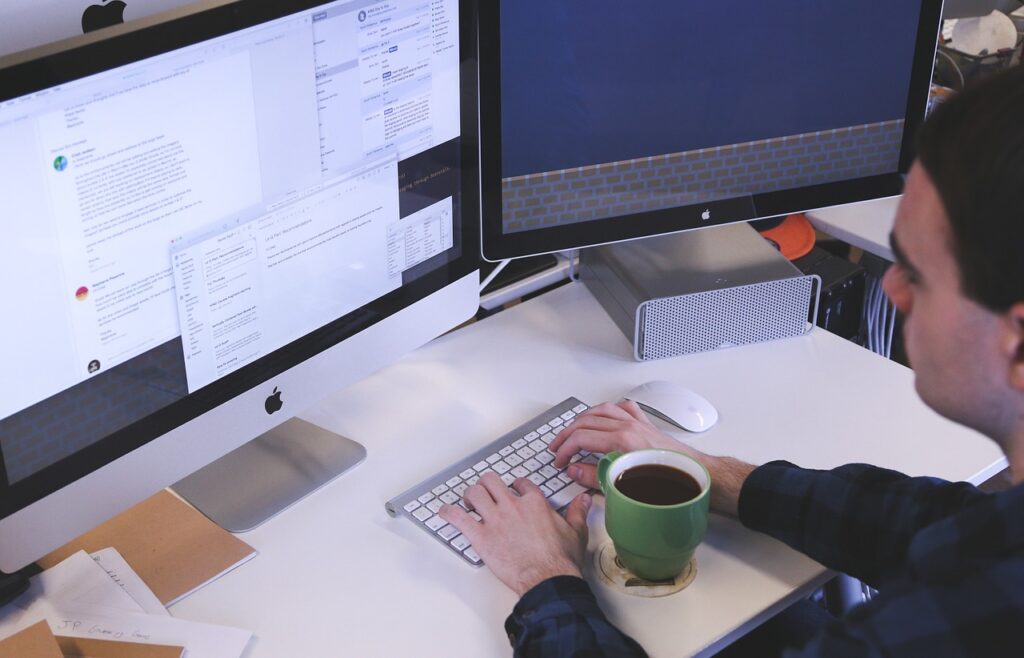
How buy from china with no experience and without leaving your desk? The following will guide you through the whole process.

Why are we publishing this information?
We aim to make sourcing and procurement in China as seamless as purchasing from a local dealer or retailer. Moreover, our approach ensures competitive pricing and larger profit margins, whether you’re a small or big business, a beginner or an experienced entrepreneur.
Buying from China with no experience may seem challenging. However, by following the steps outlined below, you can manage the entire sourcing and procurement process remotely, without leaving your desk—regardless of your location.
Let’s dive right in the subject of How to buy from China with No experience!
Buying from China can feel overwhelming due to uncertainties, language barriers, product quality concerns, supplier trustworthiness, and scams. However, with the right approach, navigating these challenges is entirely possible.
A successful purchasing process starts with careful planning. This includes identifying reliable suppliers, understanding industry standards, and ensuring quality control. Furthermore, avoiding beginner mistakes safeguards your investment and minimizes risks.
To make your buying journey smoother, the following steps provide comprehensive guidance on the subject. By following these insights, you can approach imports with confidence and efficiency.

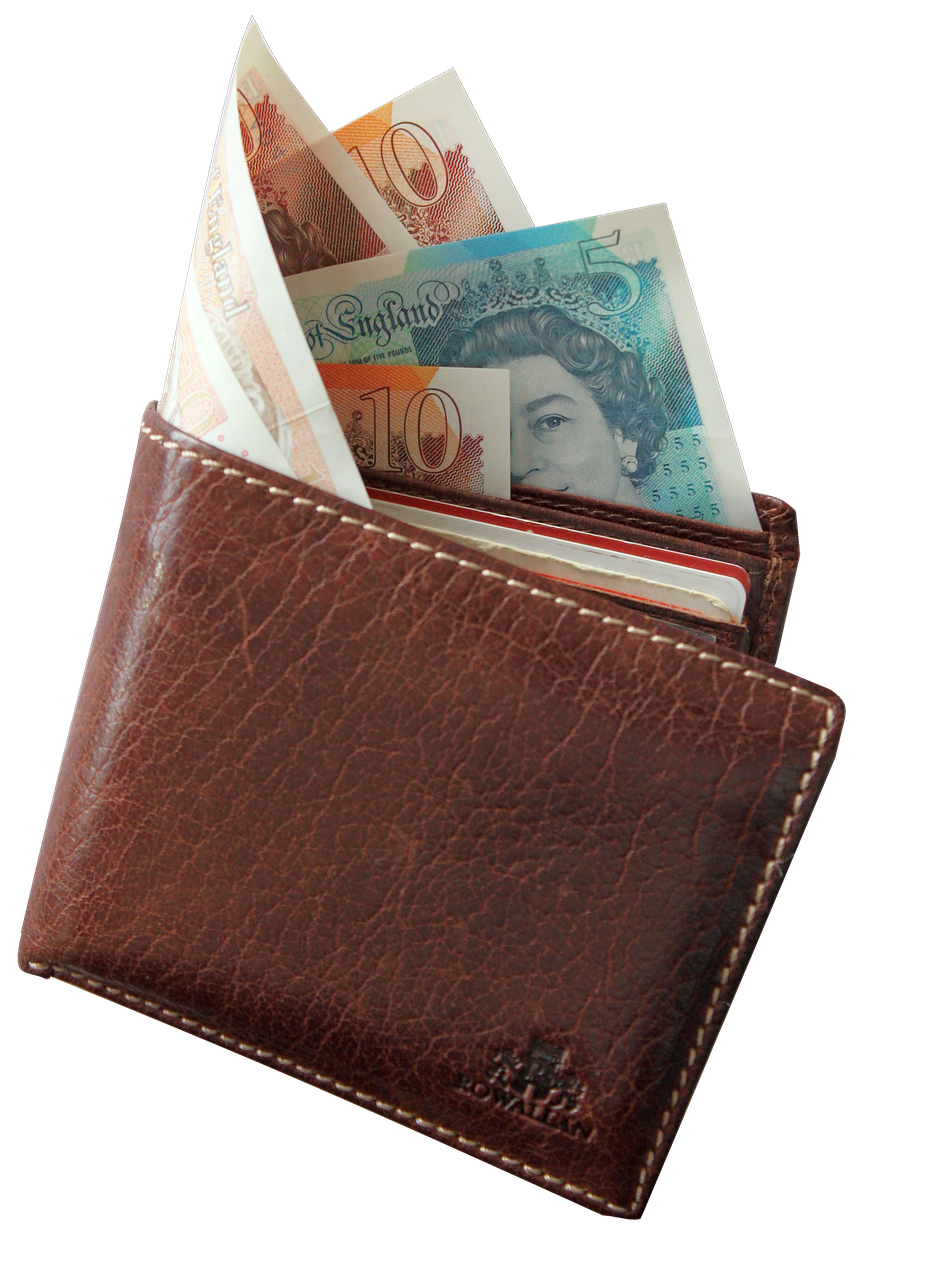
I. THE BUDGET:
Setting a budget ensures you have enough funds for the imports you plan to make. Moreover, careful financial planning helps avoid unexpected costs while maximizing profit potential.
Importing from China offers competitive pricing and larger profit margins. However, buying from China without experience may feel overwhelming at first. Careful budgeting is the key to success, ensuring a smooth process. Whether you’re a beginner or an experienced entrepreneur, preparing the right financial foundation is essential.
Drop Shipping Business: With a budget as low as $100, drop shipping provides an accessible entry point. Additionally, setting up a website ($29 on Shopify) and paying for ads on social media supports initial sales efforts. Despite high advertising costs, drop shipping remains an excellent option for beginners.
Mature E-Commerce Sellers: As businesses grow, working with real manufacturers reduces costs. Furthermore, with a budget of $2,000+, sellers can find Chinese suppliers offering small MOQs. Alternatively, working with trading companies expands sourcing opportunities by connecting multiple suppliers.
Brand-New Products: Expanding into customized products requires higher investments. A $2,000–$10,000 budget enables customization for clothing and shoes ($1,000–$2,000). However, complex products like stainless steel cups require molds, increasing costs to $5,000 or even $10,000.
By carefully planning your budget, you secure a smoother importing experience and minimize risks. Ultimately, the right financial approach leads to long-term success.
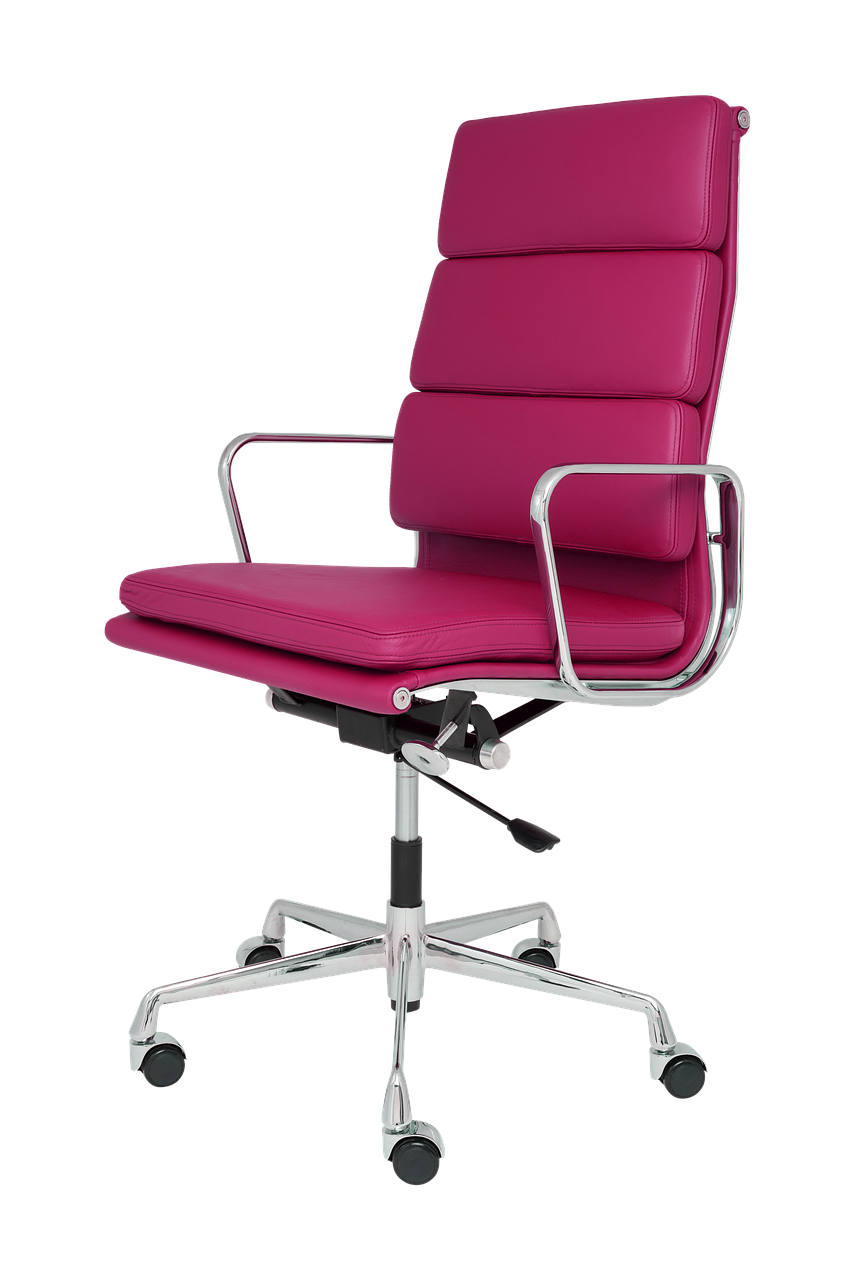
II. The product:
the right products
Choosing products that align with your business model and customer needs is crucial. Rather than selling what you personally like, focus on what the market demands. Once you set a budget, identifying profitable products becomes a priority. For beginners, understanding market demand ensures a strategic approach to sourcing.
Trending Products: A small budget may limit heavy investment in promotion and distribution. While trending items like hoverboards spread quickly and generate fast profits, they require deep market insight. As a result, they may not be ideal for beginners.
Low-Value but High-Demand Products
Low-Value but High-Demand Products: Many importers assume items like A4 paper are profitable. However, high shipping costs and bulk import requirements often make them less viable. Moreover, the total cost from China is often similar to local wholesale prices, making these products less attractive for importers.
Unique Ordinary Daily-Use Products: Competing against large retailers can be challenging, as they dominate most daily-use products in developed countries. To stand out, adjusting product design adds uniqueness. For example, the Happy Socks brand in Sweden revolutionized the socks market with creative designs.
Niche Products: With niche items, competition is lower, leading to higher profitability. Yet, as demand grows, more competitors enter the market, gradually reducing the return on investment (ROI) over time.
Selecting the right product category ensures profitability and minimizes risks when purchasing from China with limited experience.

Finding marketable and profitable products is important, but assessing all costs involved is equally crucial. A key step in the process is conducting thorough research on the expenses associated with importing before making any financial commitments.
First, determine the unit price or an estimate by engaging with suppliers or trading companies on platforms like Alibaba. If language barriers exist, referencing the prices of ready-to-ship products on Alibaba can help gauge price ranges. Next, shipping fees must be considered, as they significantly impact overall expenses. For international express, packages over 20kg generally cost $6–$7 per kilogram. Meanwhile, sea freight costs approximately $190–$310 per cubic meter, including customs fees, though a minimum shipment volume of 2m³ is typically required.
For example, importing hand sanitizers or nail polish necessitates filling 2,000 bottles of 250ml hand sanitizers or 10,000 bottles of nail polish to meet the minimum shipment volume. This makes such products impractical for small businesses. Beyond these expenses, sample fees, import tariffs, and additional costs should also be factored in. Conducting comprehensive research beforehand ensures a clear understanding of whether importing specific products from China will be financially viable.

IV. The supplier: Look for Chinese suppliers
1. B2B Trade Platforms
You can search online or visit China to find suppliers. Once you’ve selected a product, consider these six methods to connect with trustworthy Chinese suppliers:
For small orders (below $300): AliExpress offers numerous supplier options, making it an accessible platform for beginners.
For medium-sized orders ($300–$2000): Dhgate serves as a viable choice, offering a range of suppliers with competitive pricing.
For long-term business partnerships: Alibaba provides direct access to manufacturers, facilitating bulk purchases and stable supplier relationships.
Additional platforms: Made in China is best for sourcing machinery, while Global Sources connects businesses with verified suppliers across various industries.
Alternative Methods for Finding Suppliers
2. Google Search A simple Google search using product keywords can uncover manufacturers. However, verifying their reliability before proceeding is essential.
3. Social Media (SNS) While LinkedIn and Facebook offer supplier options, choices are more limited than traditional B2B platforms.
4. Trade Fairs Industry events—such as the Canton Fair—provide direct access to suppliers and allow businesses to evaluate products firsthand.
5. Wholesale Markets China has numerous wholesale markets, including Yiwu International Trade City, which is divided into five districts, each specializing in different product categories.
6. Sourcing Agents Although offline sourcing requires additional time, it ensures quality control and competitive pricing. Trusted sourcing agents, such as Nexus Group EPC, assist with securing samples and monitoring production.

V. Assess Suppliers
Choosing a trustworthy supplier is essential for long-term business success. For those buying from China without prior experience, supplier reliability plays a key role in ensuring smooth transactions. Several factors must be carefully considered.
Business History: Suppliers with at least three years of specialization in the same product tend to be more stable. Verifying their business license helps confirm industry experience.
Export Destinations: The regions where a supplier exports can indicate product quality. If most shipments go to developing countries, the goods may not meet the strict standards required in markets like the U.S.
Certification Requirements: Customs brokers or e-commerce platforms can clarify necessary compliance documents. For instance, CPSC certification is mandatory for toys imported into America.
Lead Time Punctuality: Delivery delays affect sales performance and rankings, particularly for Amazon sellers. Prioritizing suppliers with a history of timely deliveries minimizes business disruptions.
Quality Control Measures: Early product inspections prevent costly errors. Requesting samples, arranging on-site visits, or hiring third-party inspectors—such as Nexus Group EPC—helps ensure quality standards.
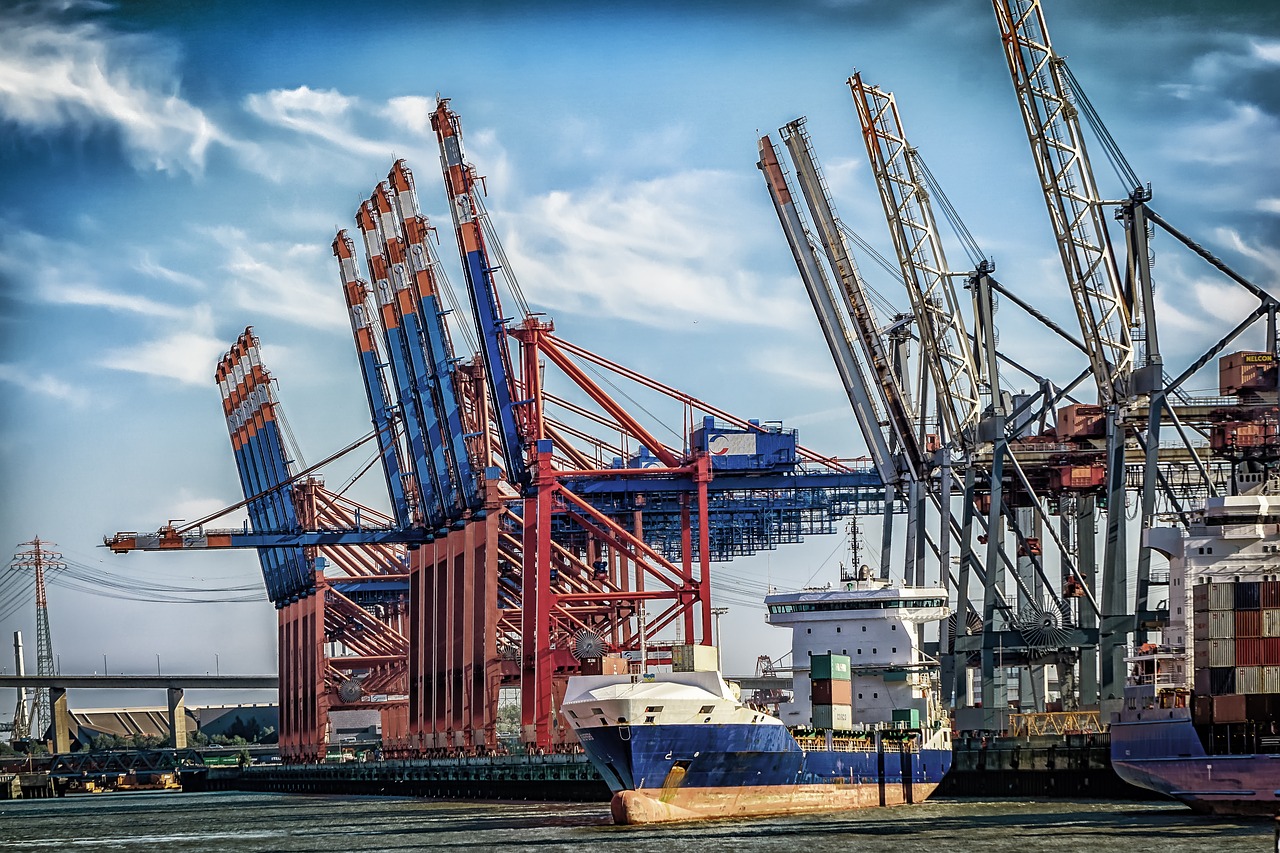
VI. Trade incoterms: Understand trade Incoterms. Get accurate product quotations.
Incoterms Understanding liabilities and costs is crucial when trading internationally. Here are the five most common Incoterms to consider:
EXW (Ex Works): The buyer assumes all costs and risks once the goods are transferred.
FOB (Free on Board): The seller delivers the goods to the port, clears customs, and hands over responsibility when they’re loaded onto the vessel.
CIF (Cost, Insurance & Freight): While the seller covers shipping and insurance expenses, the buyer assumes risks after shipment.
DDP (Delivery Duty Paid): The seller manages all costs, including import duties, until the goods reach their final destination.
DDU (Delivery Duty Unpaid): Although similar to DDP, the buyer is responsible for paying import taxes upon arrival.
Selecting the most appropriate Incoterm ensures accurate pricing and smoother transactions.

VII. Confirm all details with suppliers before start manufacturing.
Before mass production, it’s crucial to clarify all agreements with your supplier. The following elements should be confirmed:
Quotation: Ensure that the final price includes packaging, logos, and materials to avoid unexpected costs.
Payment Terms: Most suppliers require a 30% deposit before production and 70% before shipping.
Transaction Methods: Wire transfers (T/T) are widely used, while credit card payments are available through PayPal and Alibaba Trade Assurance, typically with a 3%–4% fee.
Lead Time: Manufacturing usually starts only after orders are placed. Standard production takes 20–30 days, but specialty items like clothing may require 40–60 days.
Pre-Production Sample: Always request a sample to verify design and quality before authorizing mass production.

VIII. Quality Inspection and shipping from China to your country
Quality inspection:
Quality control should begin with sample evaluations from suppliers and continue early in production. Addressing defects at 5% production is far less costly and complex than resolving issues at the final stage. For first-time buyers sourcing from China, early inspections are essential to prevent unexpected flaws and financial setbacks.
After production, inspections remain equally critical. Before goods leave the factory and prior to shipment, conducting thorough checks ensures product integrity.
If ordering through Alibaba, buyers can opt for an inspection service at an additional fee. These inspection partners assess products before shipment. Alternatively, hiring independent third-party inspectors via Google is an option. Standard fees range from $200–$300 per inspector per day, though some companies may issue reports without directly addressing concerns.
Shipping methods:
There are four primary shipping methods: international express, air shipping, sea shipping, and railway shipping. For those new to importing from China, choosing the correct option can help minimize costs and prevent delays. Small businesses often find international express or sea shipping to be the most practical choices.
Shipping via international express typically takes around seven days. For packages exceeding 20kg, costs range from $6–$7 per kilogram. However, rates are determined by whichever is higher—actual weight or dimensional weight.
By contrast, sea shipping takes approximately 30 days. Total costs range between $200–$300 per cubic meter, covering shipping fees and import/export charges. Additionally, a minimum shipment volume of about 2m³ is usually required.
In summary, choosing the most suitable shipping method depends on budget constraints and business requirements.

IX. Custom clearance, doorstep delivery.
Proper documentation is essential for a smooth import process. For customs clearance, ensure you have the following:
Contract
Commercial invoice
Packing list
Bill of lading
Certificate of origin
Additional certificates may be necessary, though Chinese sellers usually handle export paperwork.
Import clearance procedures require consultation with local customs brokers or freight forwarders. Standard documents—such as invoices, contracts, and bills of lading—are mandatory, along with applicable custom duties.
For example, importing shoes into the U.S. incurs specific charges, including duties, merchandise processing fees (MPF), and harbor maintenance fees (HMF).
The easiest way to determine duty costs is to consult a freight forwarder or use USITC rates.
Conclusion
If you’re new to sourcing products from China, this guide offers valuable insights to help you navigate the process effectively. We hope it equips you with the knowledge needed, whether you’re managing a traditional business or operating an e-commerce store.
Feel free to share it so others can benefit as well. If you have any questions, don’t hesitate to reach out—we’re happy to help!
Additionally, we can assist with sourcing your products in China, ensuring that you get the best value for your investment.
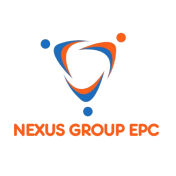

It is remarkable, what you are sharing here is very valuable!
Thank you very much for this comment. Please do not hesitate to contact us by email: cedric@nexusgroupepc.com or by whatsapp: +86 15221019907 for further inquiry or if you need any assistance, we will be more than happy to help and bring you more values. Have a nice day. 🙂
Exceptional write-up here, all those information is very useful, thank you very much for sharing.
Thank you very much for this comment. Please do not hesitate to contact us by email: cedric@nexusgroupepc.com or by whatsapp: +86 15221019907 for further inquiry or if you need any assistance, we will be more than happy to help and bring you more values. Have a nice day. 🙂